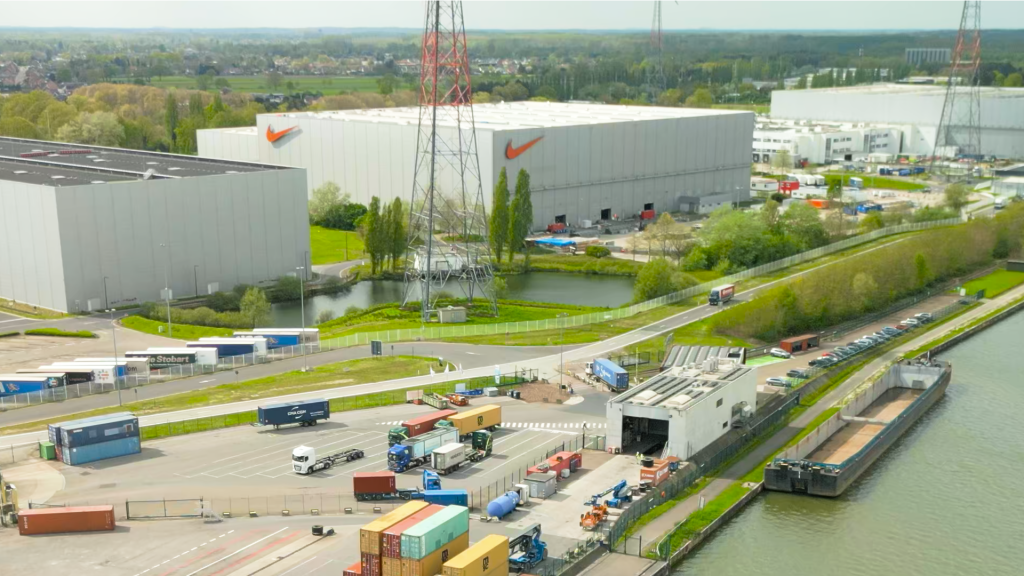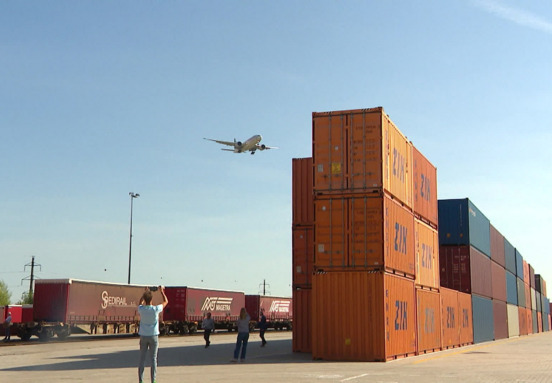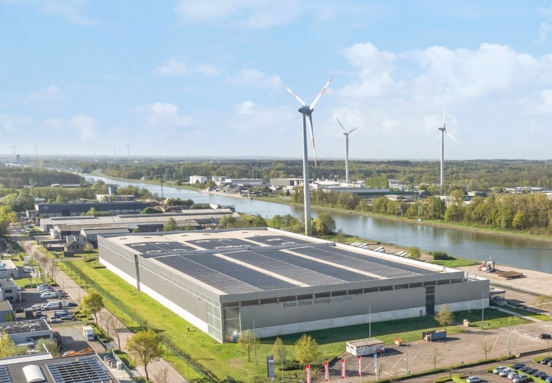Nike's strategic realignment in Belgium: a look at Ham & Laakdal
Nike, a global leader in athletic footwear and apparel, has announced a significant restructuring at its major European distribution hubs in Ham and Laakdal, Belgium.
This strategic move, part of the company's "Global Technology Transformation" plan, aims to streamline its technology services worldwide.
For businesses eyeing expansion or new operations in the crucial Belgian logistics corridor, these developments offer valuable insights into workforce availability and evolving market conditions.
Understanding the restructuring details
The restructuring specifically targets Nike's Technology department within its Ham and Laakdal facilities, a sector that currently employs approximately 200 individuals. While the exact number of job losses is yet to be determined, the affected functions include critical areas such as IT, technical support, and data analytics.
This decision was revealed during an extraordinary works council meeting, initiating a period of consultation that will ultimately clarify the full scope of the layoffs.
It's important to note that this current restructuring is distinct from previous cost-reduction measures announced by Nike in June, which involved reassigning weekend staff to day shifts without layoffs. The focus now is on a global simplification of technological operations, reflecting broader industry trends towards efficiency and specialized tech integration within logistics.
Implications for businesses seeking talent and space
The Ham and Laakdal regions are well-established as vital logistics and distribution hubs, housing extensive facilities and employing a significant workforce. Nike's presence alone accounts for approximately 5,000 employees in these centers, underscoring the area's strategic importance.
Availability of skilled workforce
The anticipated layoffs, particularly in specialized technology roles, could lead to a significant increase in the availability of highly skilled IT, data analysis, and support professionals in the local job market.
For businesses looking to establish or expand operations requiring robust technological infrastructure and talent, this presents a unique opportunity to tap into an experienced workforce in a geographically desirable location.
Market dynamics in key logistics hubs
While the restructuring is internal to Nike's operations and does not directly relate to the availability of physical warehouse space, it highlights the continuous evolution within major logistics centers.
Companies operating in or considering Ham and Laakdal should observe how these strategic shifts impact the broader regional economy, infrastructure demands, and the competitive landscape for skilled labor.
The emphasis on streamlining technology also signals the increasing importance of sophisticated IT systems in modern warehousing and distribution.
Strategic planning for future growth
Businesses assessing industrial real estate opportunities in Belgium should consider these developments as indicators of a dynamic market. The ongoing investment and strategic adjustments by global players like Nike reaffirm the region's long-term value as a logistics gateway.
Understanding the nuances of workforce availability and technological trends can inform better decisions regarding site selection, operational setup, and long-term staffing strategies for new or expanding facilities.The Ham and Laakdal regions remain critical arteries for European distribution, and the evolving professional landscape offers intriguing prospects for companies prepared to capitalize on new talent pools and adaptable market conditions.
Source: transportmedia.be







